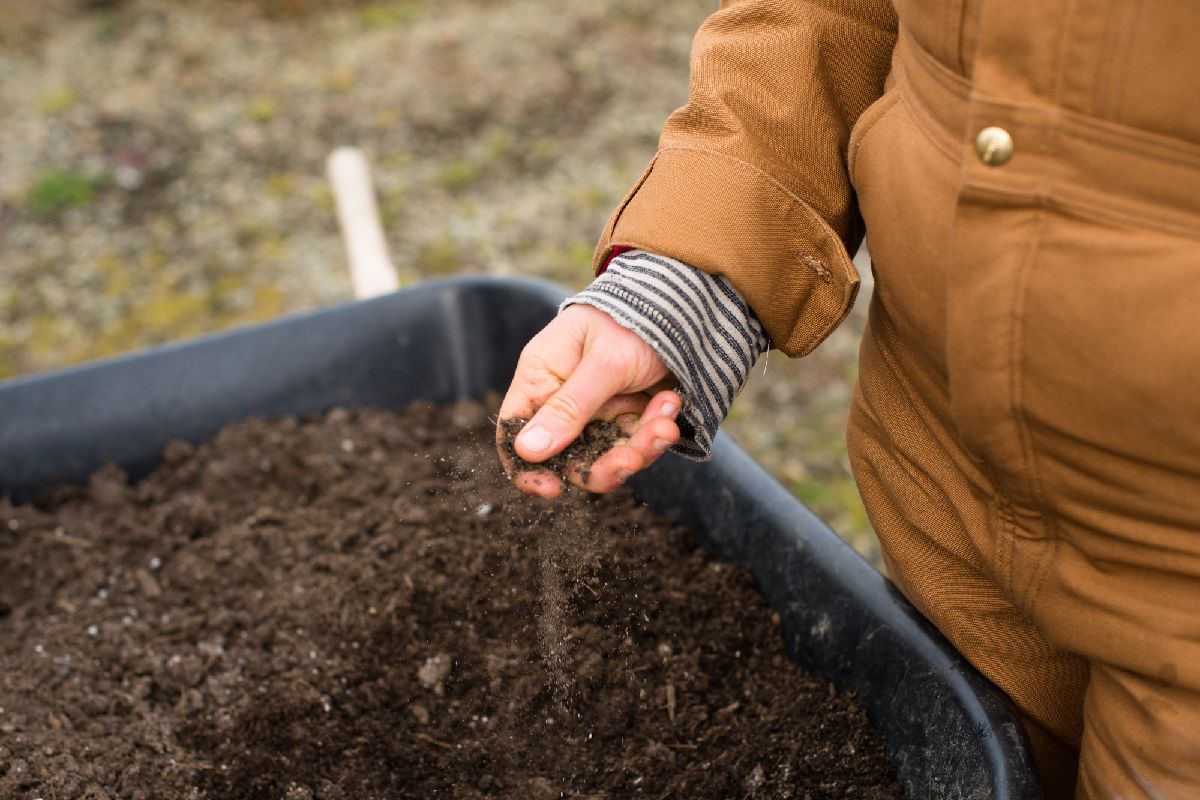
The most basic factor any gardener must take into account is the type and quality of the soil in their garden. But there are ways of improving the soil you’ve got to get the plants you want.
Gardening conversations always pitch back to the ground. We are obsessed with mud and it seems that the more work required to improve soil, the better. Bad backs prove that you take the task seriously, that you’re no fly-by-night gardener.
But are we creating bottomless pits filled with plants that just don’t like our soil type? There is a wealth of plants suitable for your ground no matter what it is, and working within the limitations of your garden can be a liberating experience.
Soil types
Sandy ground is pretty obvious: it’s light brown in colour and feels very gritty. Chalky soil drains exceedingly quickly and is sometimes lumpy. Clay feels wet and sticky and is often waterlogged.
It is becoming increasingly popular, particularly with weekend gardeners or busy families, to use a minimum of effort in this area. The theory is that digging the ground is unnatural and actually harms the soil’s structure and micro life.
You can make do with cultivating a thick layer of mulch – farmyard manure, compost or other organic matter spread over the soil’s surface – once a year, so worms can take it down into the earth naturally. Unless you want to become a slave to the spade once more, you should try to not walk on these beds again after that.
To ensure weeding is not a problem, no-dig borders should be kept small. The principle really lies in the fact that the majority of a plants’ feeding roots grow within the top 10cm of the soil. So, in theory, this is all that needs to be cultivated.
The key to real success however is in selecting plants that thrive in your soil type. Once these plants have been selected, then the time you formerly spent battling with the earth can be spent sitting back and enjoying its fruits. Whether you agree with the no-dig principle or not, you’ve got to admit that using plants that actually enjoy your soil conditions is sensible. And yet so many of us completely ignore this fact. So, if you haven’t already, admit defeat.
License this feature
The body of this feature has been restricted...
